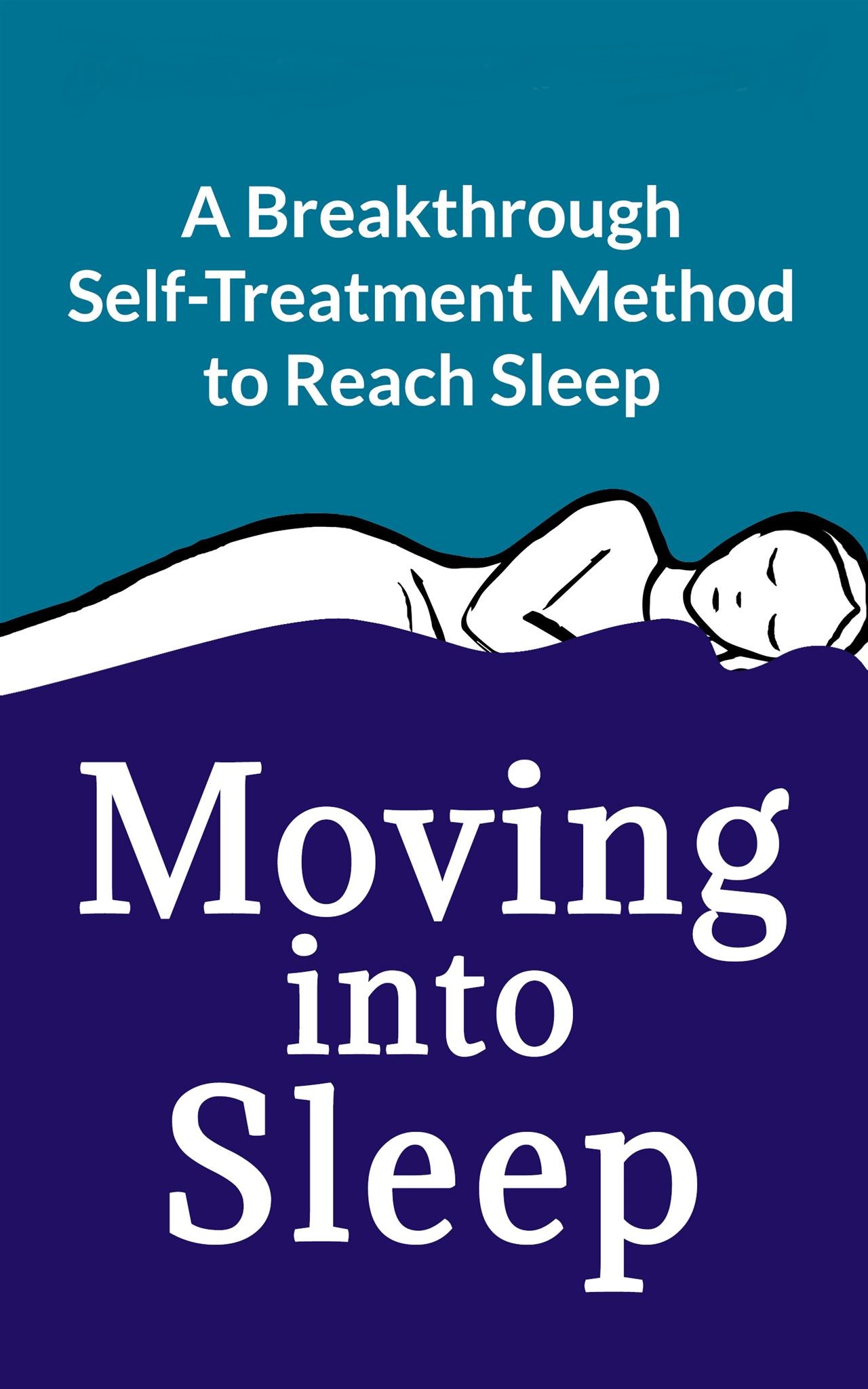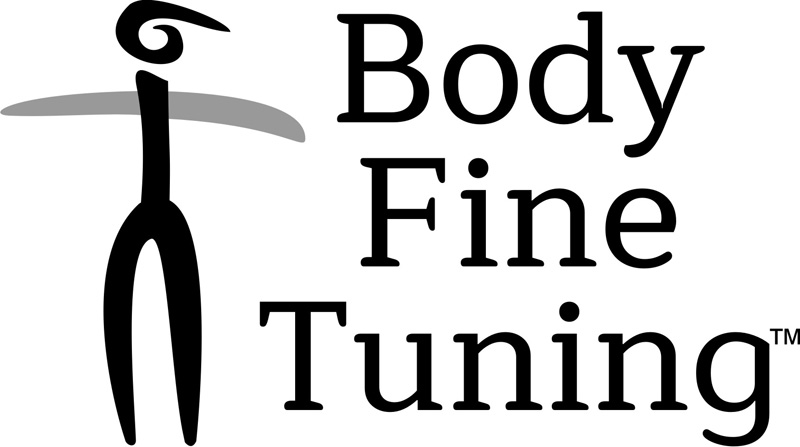Benefits of Sleep Planning
& 5 Tips for Your Sleep Plan
"A goal without a plan is just a wish."
Antoine de Saint-Exupéry
Just as the quote suggests, wishing for a good night's sleep without a plan is merely wishful thinking.
Just as the quote suggests, wishing for a good night's sleep without a plan is merely wishful thinking.
Let’s see how to craft an effective sleep plan. But before we do so, it's essential to track our daytime habits and assess our sleep quality. This process provides valuable insights. It is as if mindfully holding up a two-sided mirror. Firstly, we gain a view of the quality of our nightly rest. Secondly, the mirror reflects the daily habits and behaviors that influence that quality, either positively or negatively.
Assessing Life-style Habits Throughout the Day
1. Monitor your dietary habits. Consider not only what you eat but also the timing—do you consistently eat at regular intervals or randomly?
2. Track your activities like walks, sports, or other physically nourishing practices—do you get enough movement?
3. Evaluate your average screen time—do your eyes get enough rest in-between?
4. Assess whether you have a calming bedtime routine that facilitates a smooth transition into sleep.
Assessing Sleep Quality
To gain insights into your sleep quality, start with these questions:
1. Before going to bed, note the time you plan to fall asleep.
2. In bed, close your eyes, relax, and attempt to fall asleep as you normally would.
3. In the morning, estimate and record the actual time you fell asleep. Note also the time you woke up.
4. Upon waking, reflect on the ease of falling asleep. Was it average, faster, or longer?
5. Note any awakenings during the night and the time it took to fall back asleep, if applicable.
6. Rate your sleep and envision what could improve.
7. Recall events from the previous day that may have impacted your sleep, such as lacking physical exercise, eating certain foods, or watching a movie.
Now, it's time to create a plan!
Here are my 5 steps to begin with:
1. Learn to do sleep-inducing exercises to evoke a calming response within the Cranial Nerve system. To get an idea how this works, go and listen to the Amazing Sleep Audio guides playlist on my YouTube channel.
2.Limit exposure to artificial lights to allow your eyes to calm down. At a deeper level, this means you need to calm down the Cranial Nerve systems that interconnect with your eyes.
3.Flatten your glucose curve to achieve calmer sleep.
4.Avoid long sedentary periods to reduce sedentary-induced stress.
5. Spend time doing something creative to promote brain wellness.
Important!
Remember, understanding our sleep is not just about the quantity of rest; it's about the quality of that rest. Our goal is to establish a virtuous circle where daytime habits reinforce sleep quality, and enhanced sleep quality, in turn, enables us to feel and function better the next day.

As a self-treatment, the Moving into Sleep Method is based on educational neuroscience that explains how subtle movements can calm your nervous system. By doing the movements you can learn to fall asleep any time you want within minutes and get quality sleep even when the conditions are challenging, like during traveling, or when your sleep schedule needs a change.
Thanks for reading, sleep well!
Oliver
“Good sleep is achievable, and it’s just a gentle movement away”
